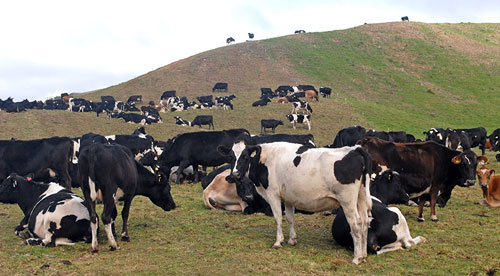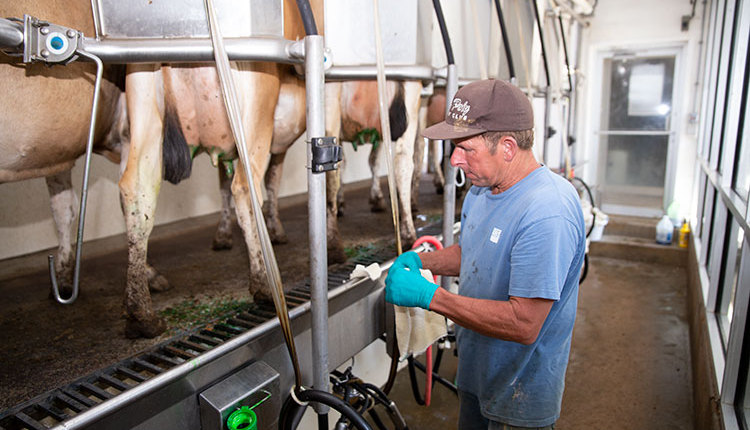
I am a New Zealander and I have just read the article on the global milk glut affecting New Zealand. The writer is correct, the reduction in global demand and subsequent increase in supply is really hurting New Zealand farmers. However, the falling New Zealand dollar (NZD) is actually helping the situation, not making it worse.
New Zealand milk is traded in U.S. dollars. When our currency is low, New Zealand farmers get more NZD for milk traded than they do when our currency is high relative to the U.S.
For example, at an 85-cent exchange rate, farmers receive NZ $1.18 for every U.S. $1 milk traded. When the exchange rate drops to 75 cents, they receive NZ $1.33 for every U.S. $1 milk traded. It works the opposite way to what you think.
Thanks for the Hoard's Intel, it's a great read and snapshot of what's happening in the U.S.
- Raewyn Densley, New Zealand








